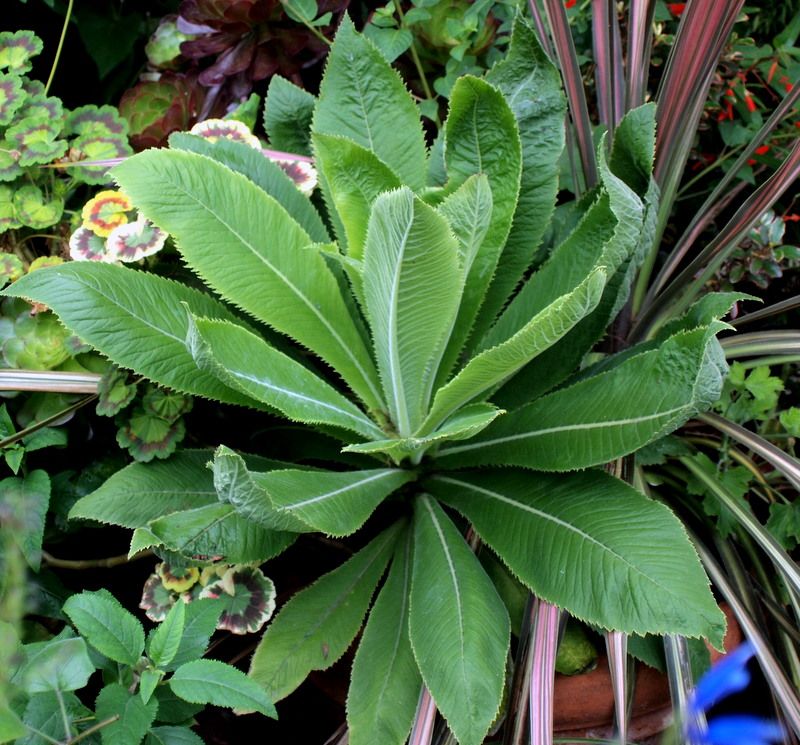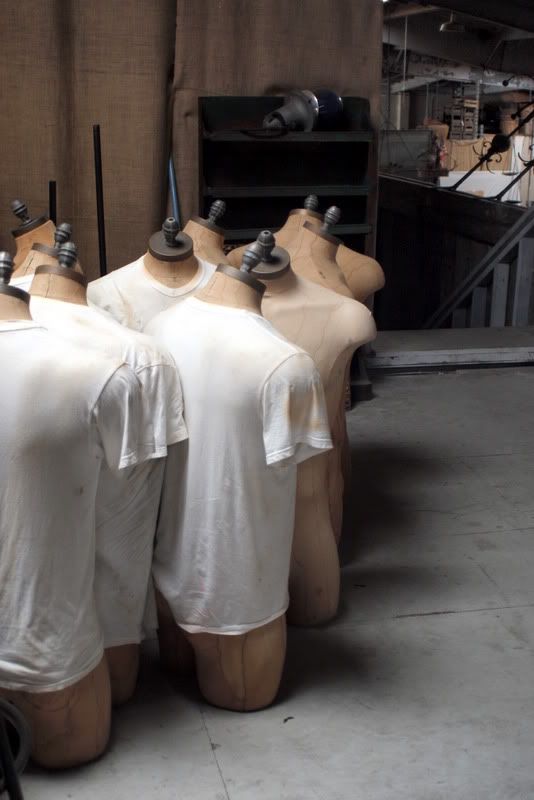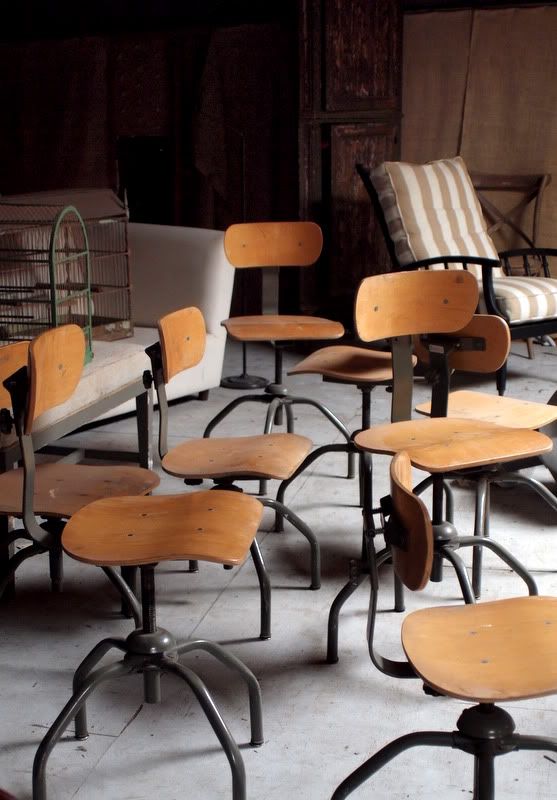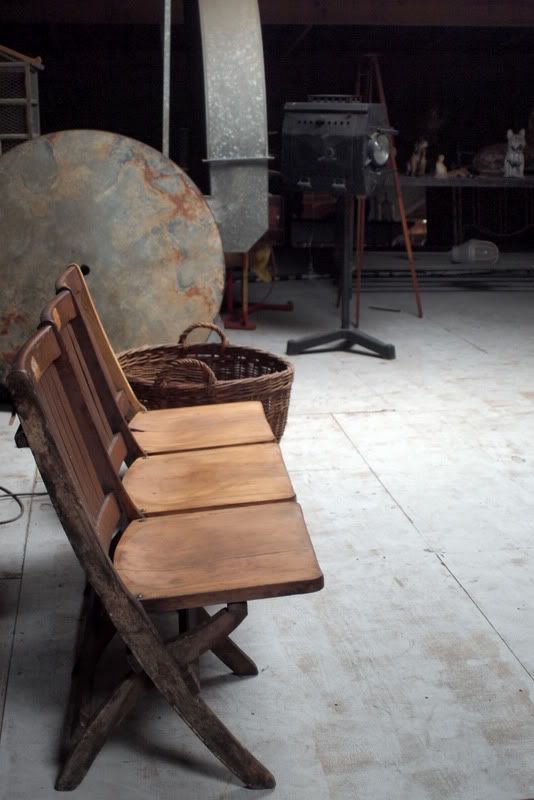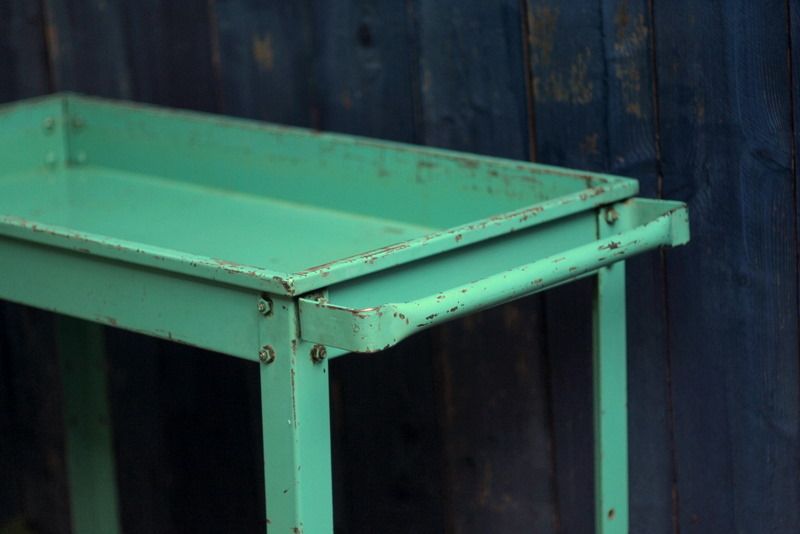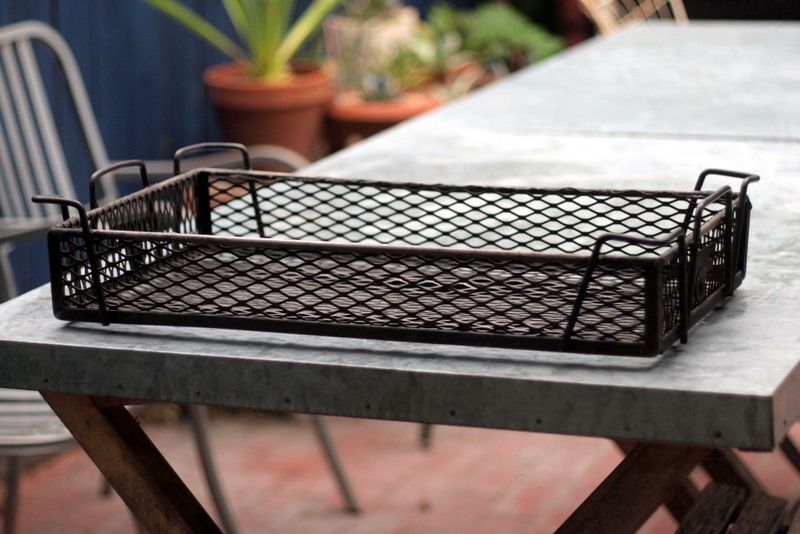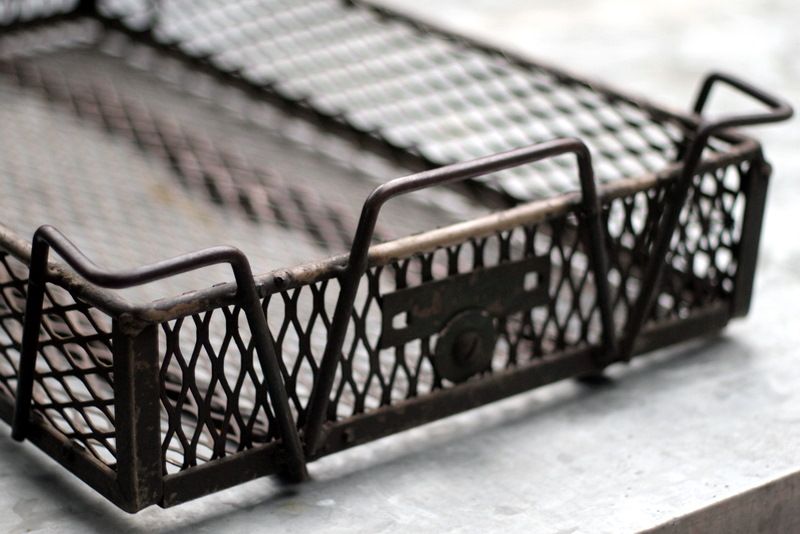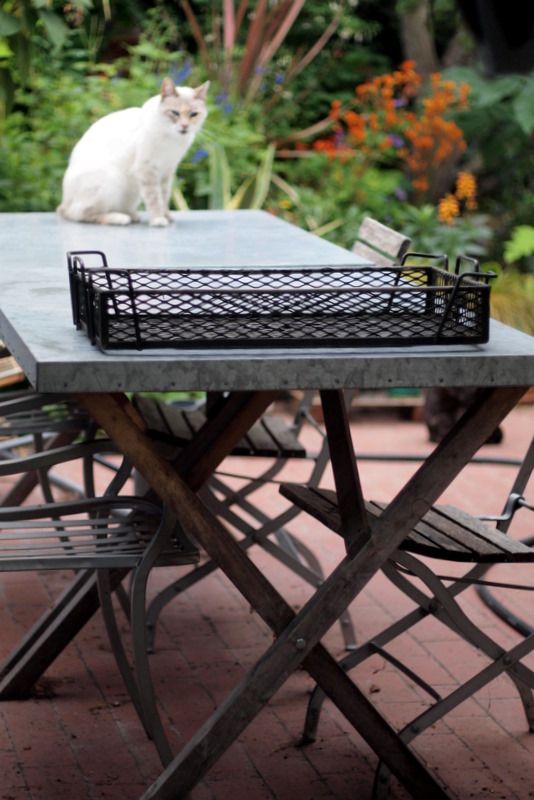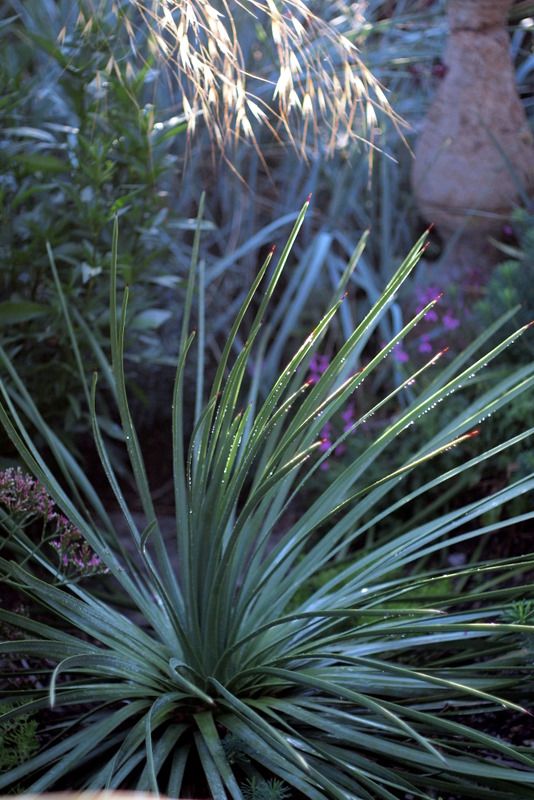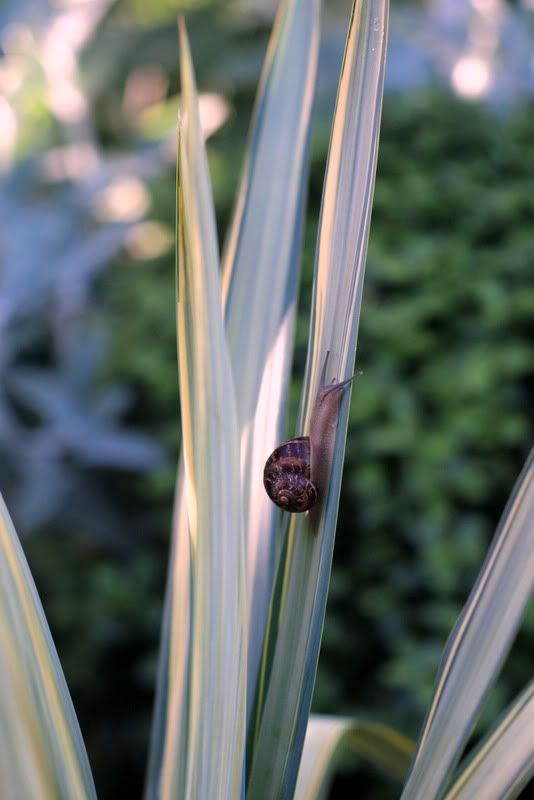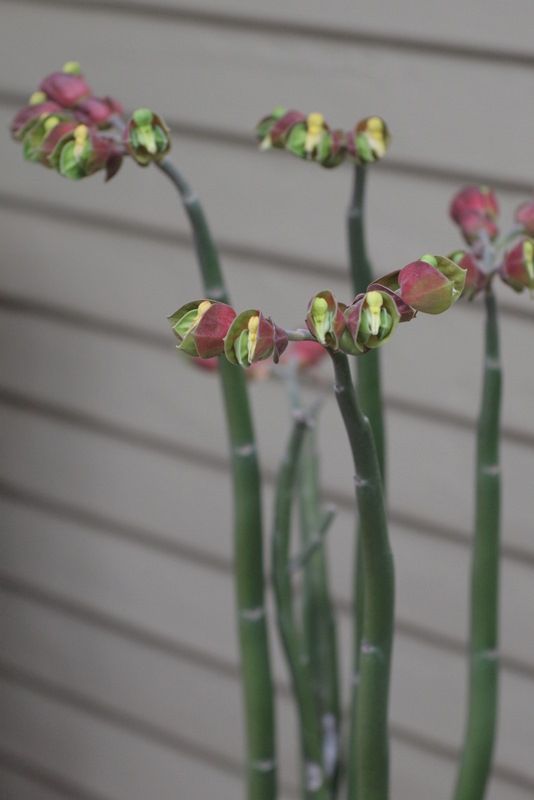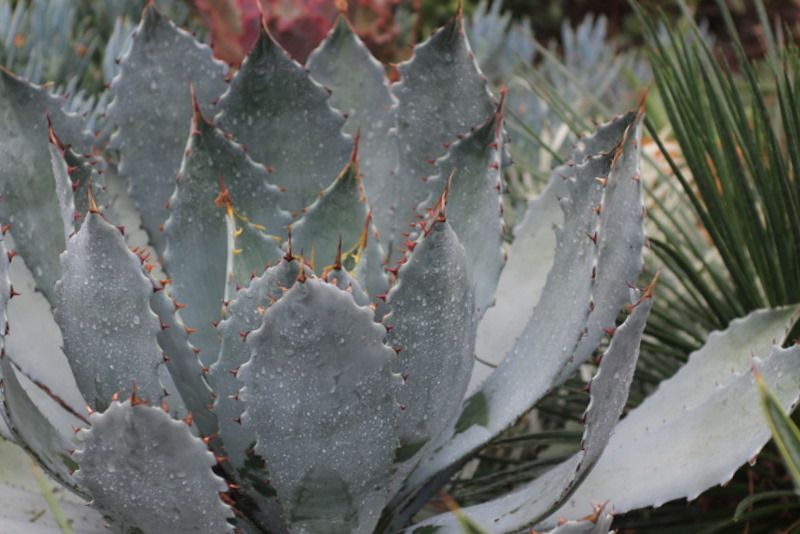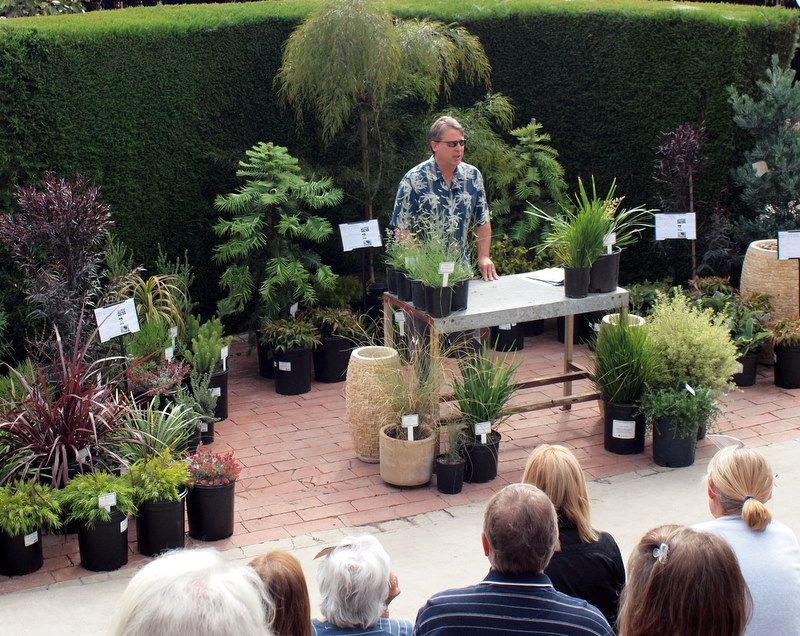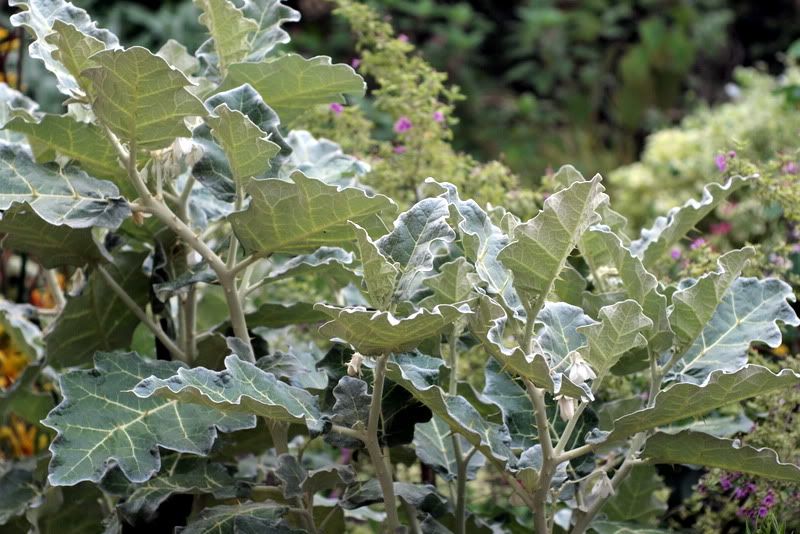I work at home most days of the week and keep this guy fairly close all day.
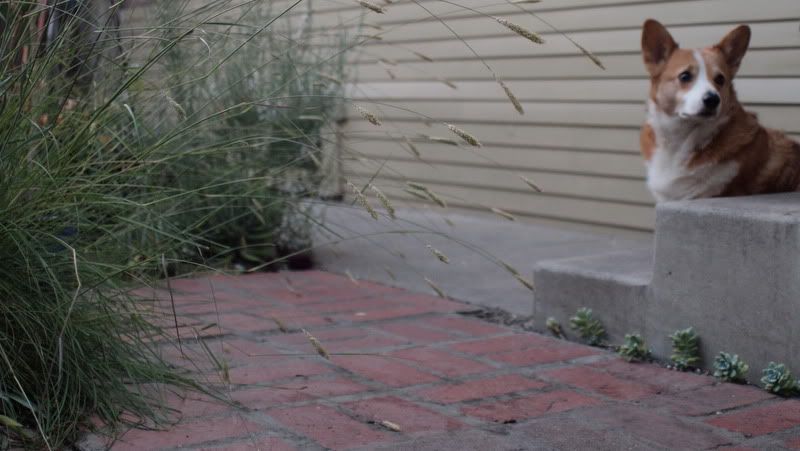
Working alone all day with a dog instead of people has some interesting ramifications. I’m not sure if it makes me any more productive, as that link discusses, but at a minimum he’s good at reminding me to get up from the desk to stretch my legs and check up on matters of extreme urgency, like interloping cats, vendors, and all manner of inscrutable but highly important dog business. Since he’s a herding dog and, at a molecular level, needs to keep track of Who’s On First, there’s a lot of leaping up and investigating what mostly turns out to be the mundane comings and goings of a typical urban neighborhood. To his utter disappointment, no herds of sheep have yet to clatter down our street. But you never know. I play along with his delusions and he plays along with mine.
And our metabolisms are a pretty good fit. I do a fair amount of my own leaping up from the desk for the thinnest of reasons, like when the light is photo-perfect for a hard-to-capture flower like Heliophila longifolia.
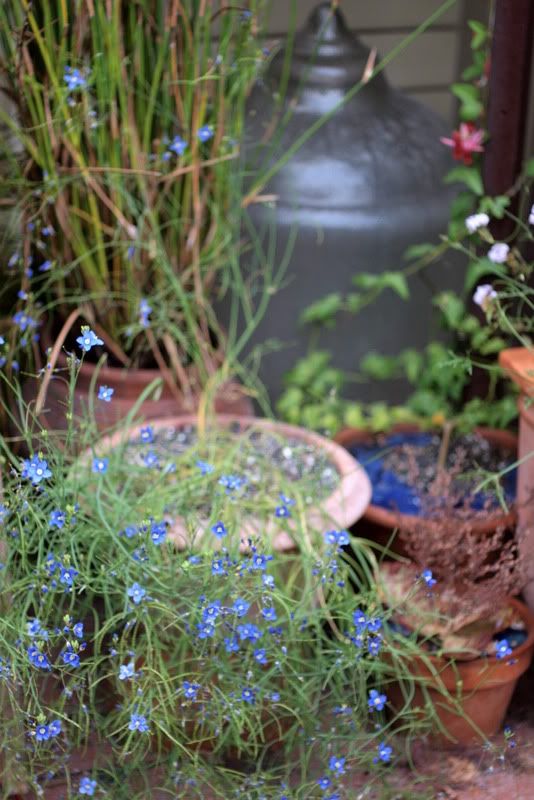
Or I’ve brought home a new succulent.
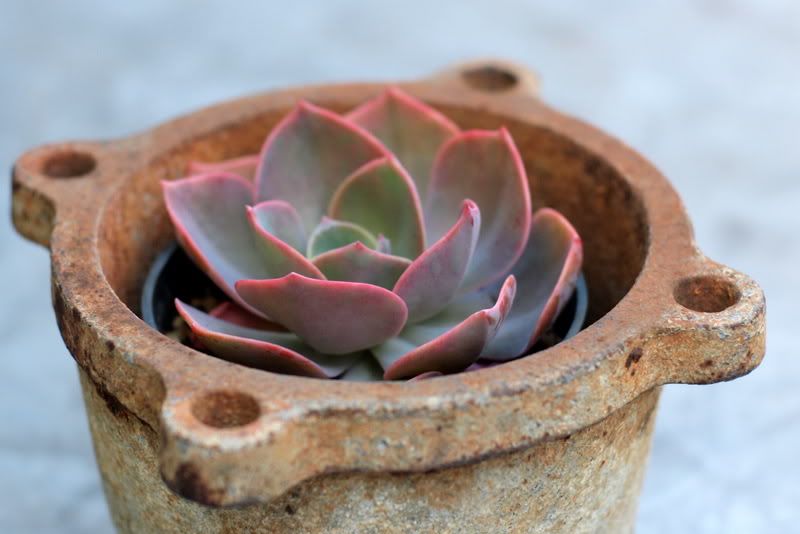
Could be anything. Maybe a cutting needs transplanting. It’s a habit that constantly imperils work deadlines. (I feel pretty much as Douglas Adams did about deadlines, enjoying the whooshing sound they make as they fly by.) And as the photo depicts, my dog frequently exhibits that canine-intense, “What are you up to now?” face in relation to such shenanigans.

Spending large blocks of time alone with a dog naturally leads to talking to them. Or so I tell myself it’s natural.
In any case, many of the conversations I have with people are as one-sided as me talking to my dog — with me usually taking on the dog’s role in the conversation.
I give you: Conversations with My Dog
Me to Dog: Don’t look so worried. Nothing too crazy going on here…
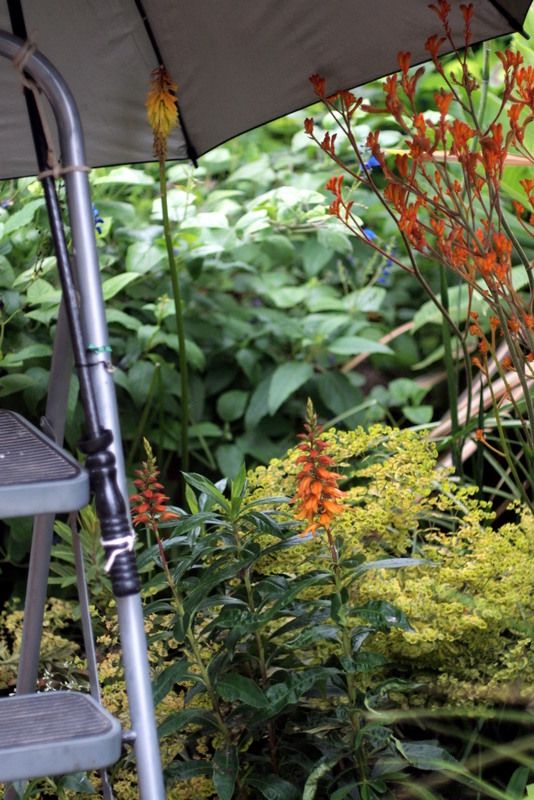
Let me explain. Some things you should never nevereverever do. We’ve had this chat before. And then you go ahead and do it anyway, and so we must try to mitigate the damage as best we can.
Well, this time I’ve done one of those things, not you, so relax.
Let me explain. This Canary Island Foxglove, Isoplexis isabelliana, has exceeded all expectations by thriving and blooming.
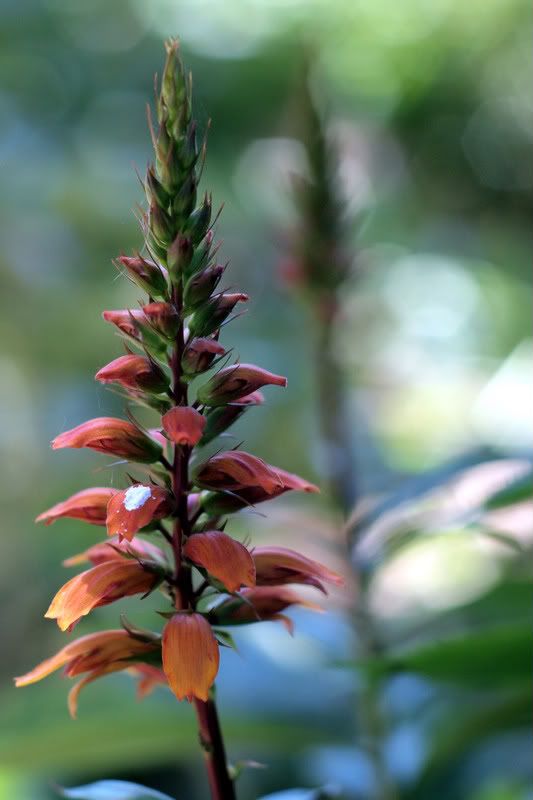
As can be seen by the bird droppings on the petals, its trial spot has become increasingly shady as the cotinus canopy leafs out. Now that I know what an easy-going beauty it truly is, I simply must move it to more sun. Yes, while it’s in full bloom, and, yes, in early summer. Normally, a very ill-advised practice. This spot near where lots of other rusty orange flowers seem to have congregated would be perfect. That crazy umbrella/ladder apparatus is just shade rigging for a week or so, to ease the transition.
There, 10 minutes’ work and it’s done. Now back under the desk with you.
I mentioned mitigating the damage. 10-day forecast was checked and predicted overcast and cool, our typical “June Gloom” weather pattern. Fibrous root masses have a reasonable expectation of successful transplantation, versus tap-rooted, which have none. I had no clue before digging what these roots were like, but betted on fibrous, which they were. It’s been almost a week since I moved the isoplexis, still shading it from afternoon sun, and it hasn’t shown signs of wilt yet, blooms still upright like the day it was transplanted. Another factor to consider is soil. Mine’s a stiff clay and holds together fairly well, maintaining a large root ball for transplantation. This might not work with sandy soil. Just an example of how general rules can be flouted by keeping an eye on specific local conditions and factors. And it helps to have a garden assistant that can’t talk you out of borderline crazy projects.
